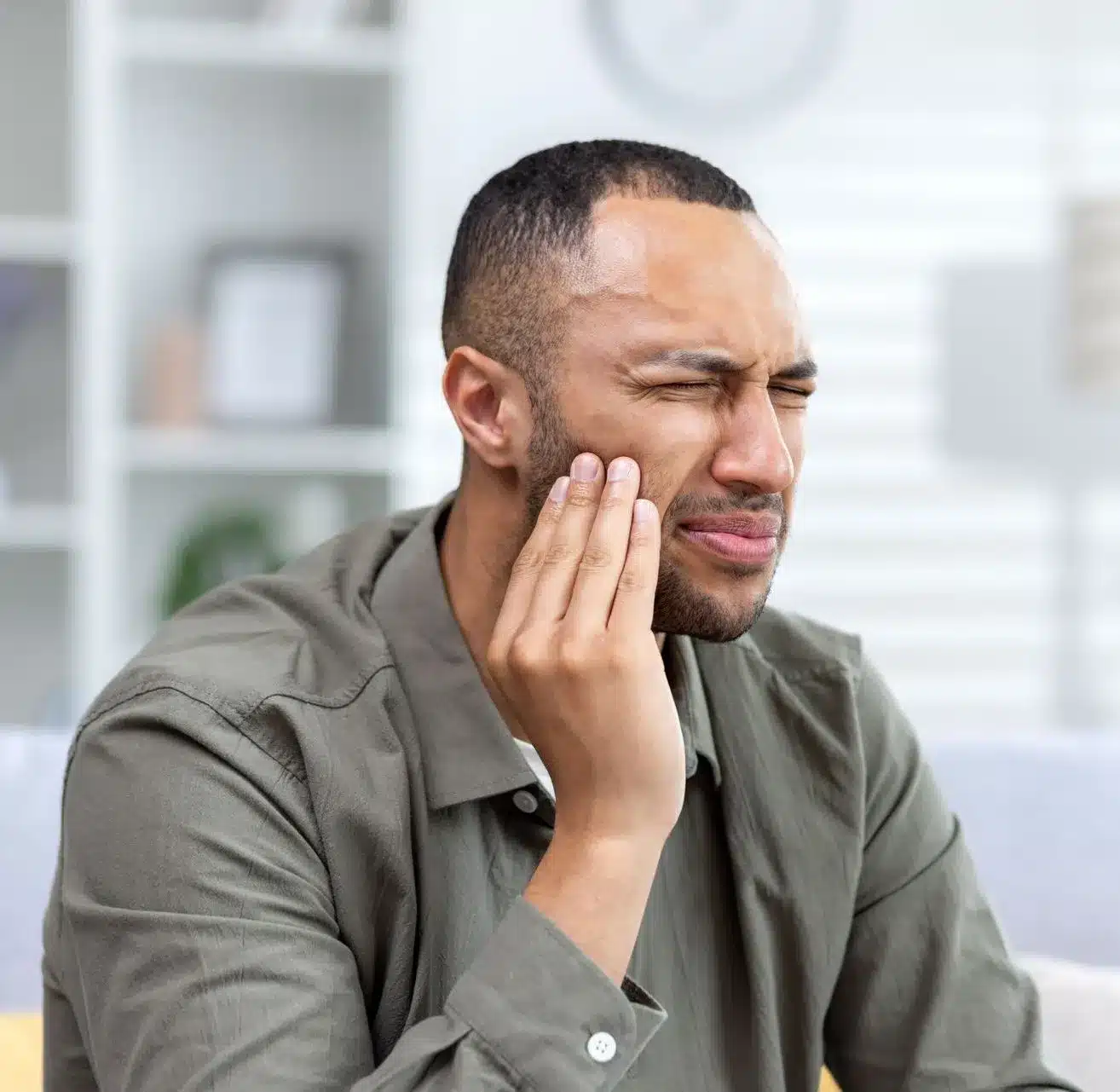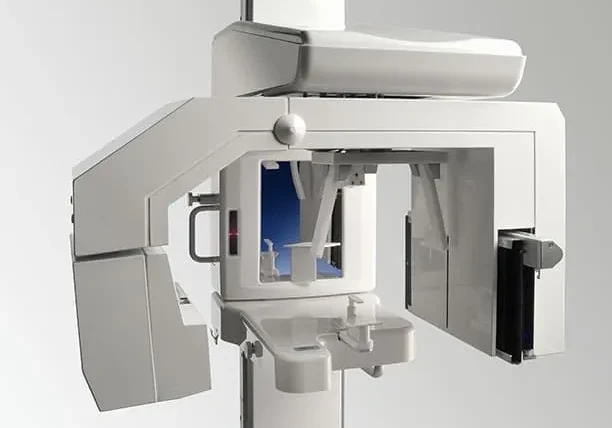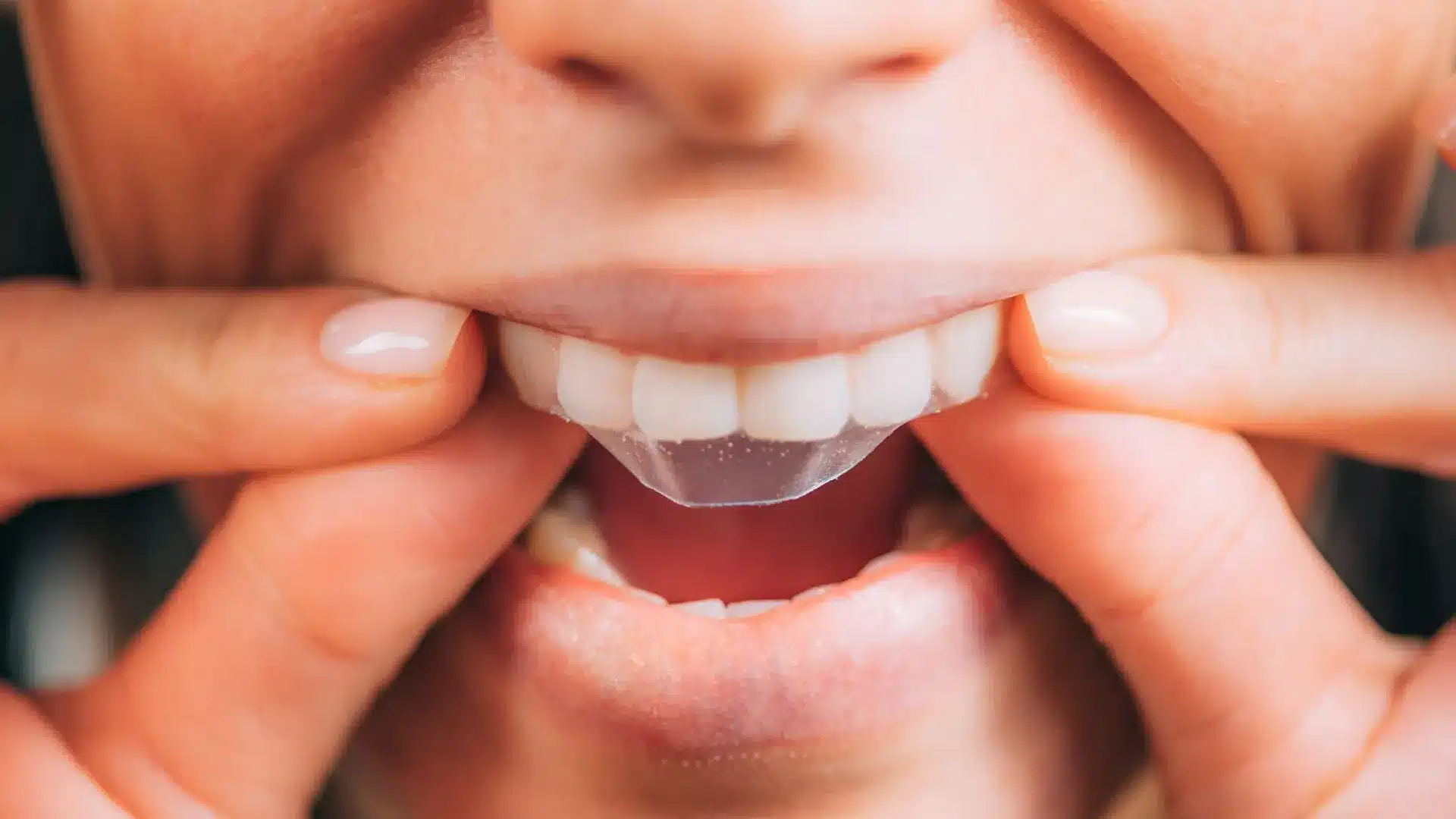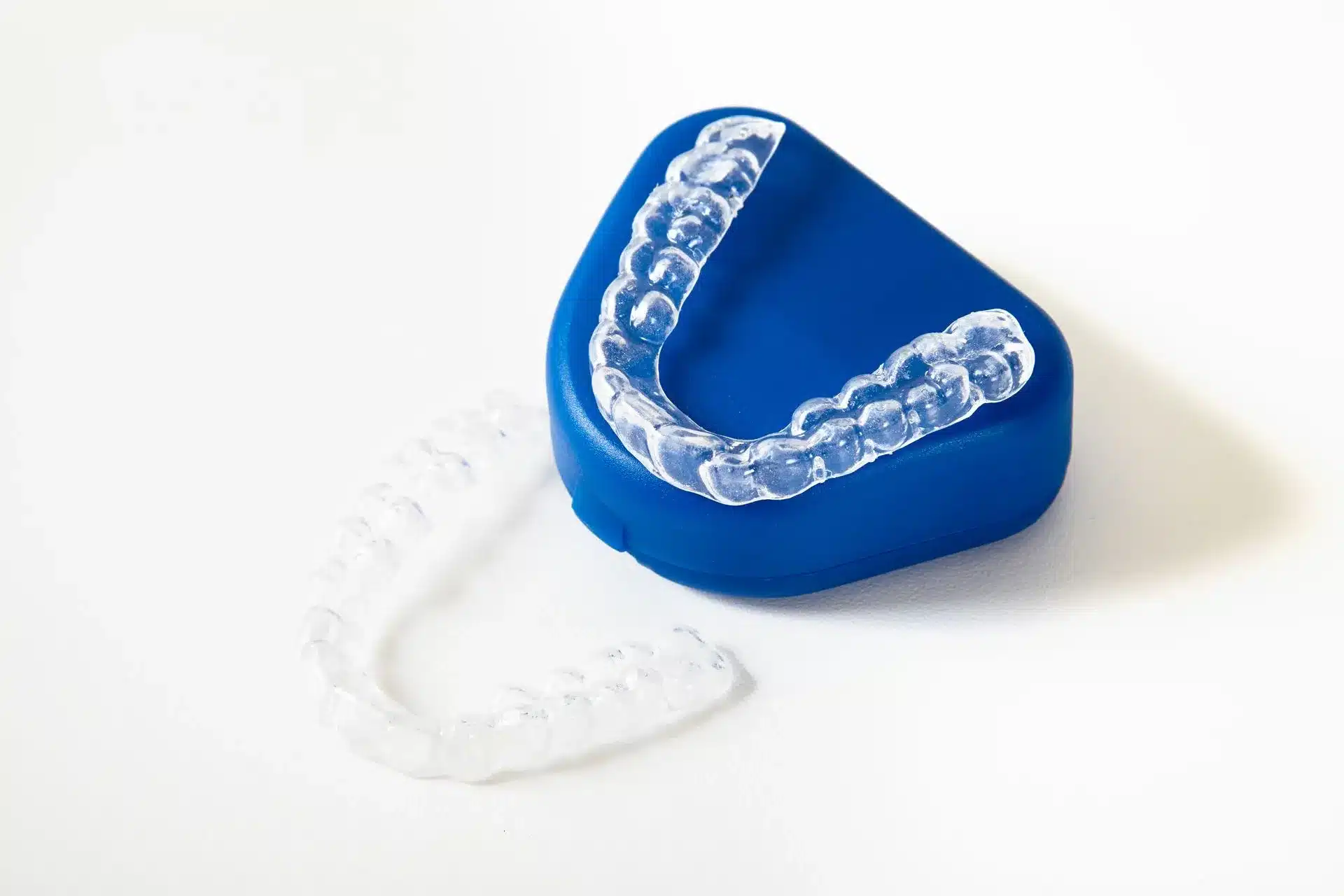Temporomandibular Joint Disorder
Millions of Americans suffer from chronic headaches, facial, jaw and neck pain. In some cases, this pain is due to Temporomandibular Joint Disorder (TMD) an imbalance in your occlusion (bite position).
What causes TMD?
- Injury to your jaw, TMJ, or the muscles of your head and neck; trauma or whiplash can also lead to TMD.
- Grinding or clenching your teeth, which puts a lot of pressure on the joint
- Perforation, Damage, or Locking of the Disc in your TMJ
- Arthritis in your TMJ
- Stress, which can cause you to tighten facial and jaw muscles or clench the teeth
- Malalignment of your teeth can cause excess wear, deterioration of your teeth and TMJ
Occlusal Analysis
If you have any of the symptoms listed above and seek relief, Drs. Tanya Brown and Matthew Cawley will probably begin with an occlusal analysis. Occlusal analysis is a method of recording your biting/chewing motion on a device called an articulator, which mimics your actual jaw movements.
To gather the proper measurements for this analysis, Drs. Tanya Brown and Matthew Cawley records:
- Your relationship between your upper arch of teeth and your jaw joints (TMJ)
- How your upper and lower jaw and teeth relate together
This is one of the most important tools that Drs. Tanya Brown and Matthew Cawley use for TMJ treatment and occlusal disease to assure proper bite and function of your teeth and jaw.
Splint Therapy
TMJ treatment commonly begins with splint therapy. This hard acrylic appliance is fabricated to fit snugly over either your upper or lower teeth. It becomes a temporary perfect bite for you. You will experience what a comfortable difference a stable, solid bite can make on your teeth, muscles and jaw. Many of the signs and symptoms of TMJ will likely diminish or even disappear. Recovery time depends on your situation and the signs and symptoms with which you started.
Following a new bite evaluation, Drs. Tanya Brown and Matthew Cawley may suggest that your teeth be reshaped, called an “occlusal adjustment,” so that they move smoothly against each other and fit together in the same solid position that you felt using the bite splint.
Do you have TMJ?
Take this Questionnaire to see if you should ask Drs. Tanya Brown and Matthew Cawley about your painful symptoms.




